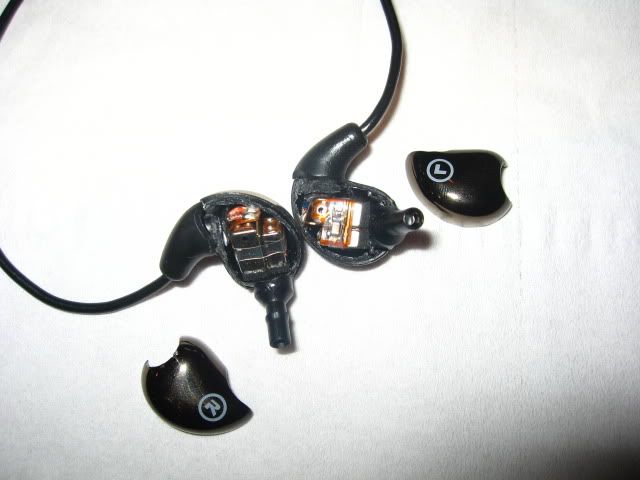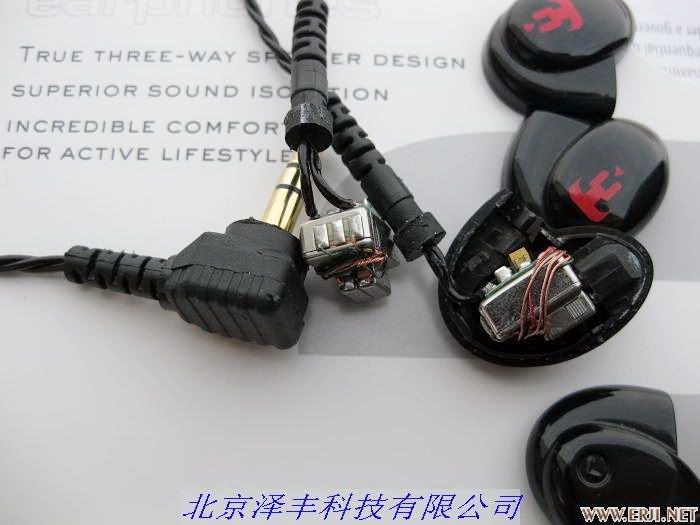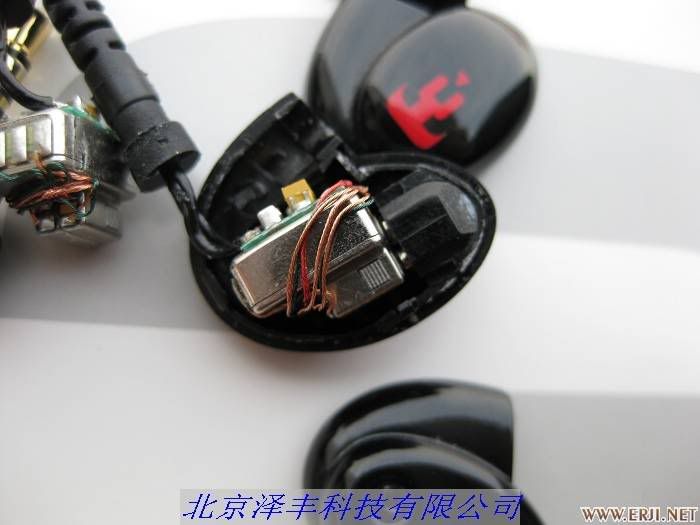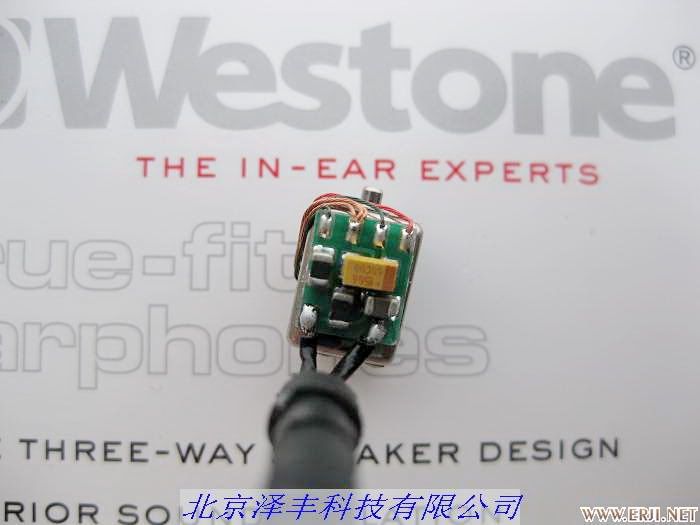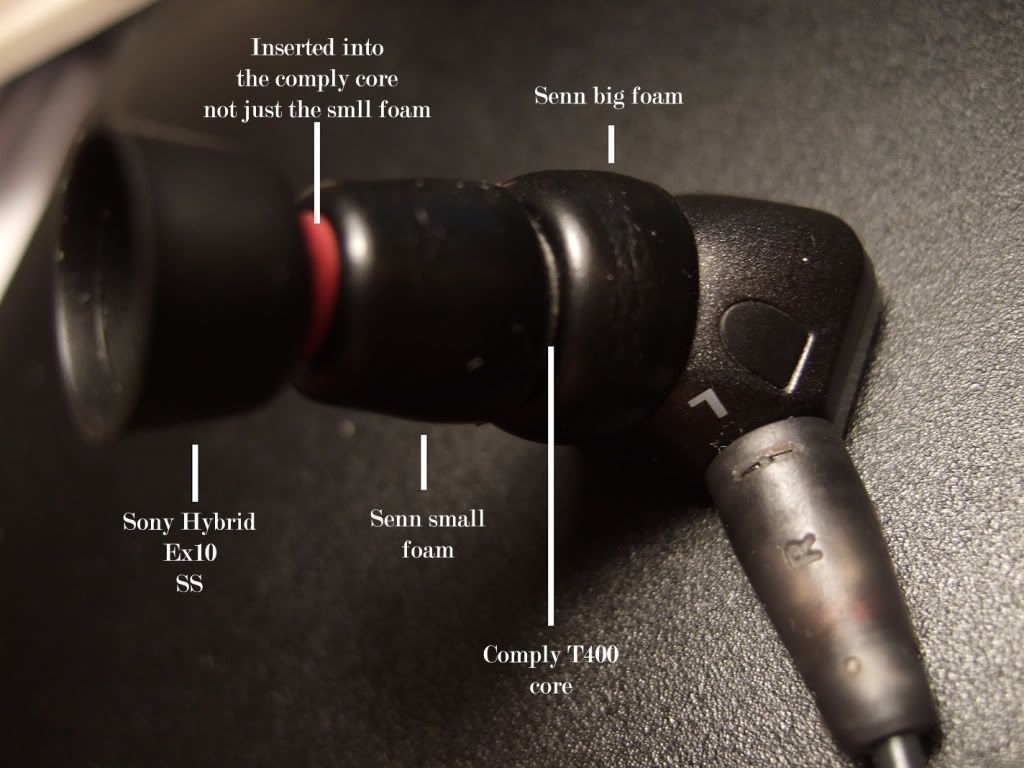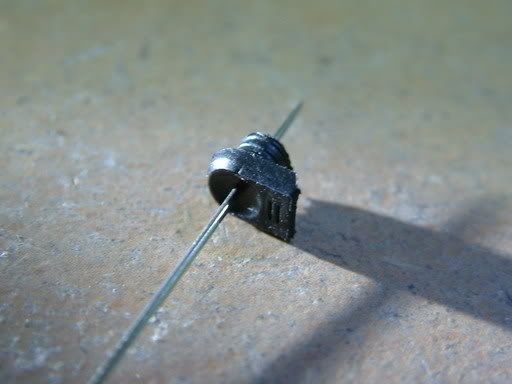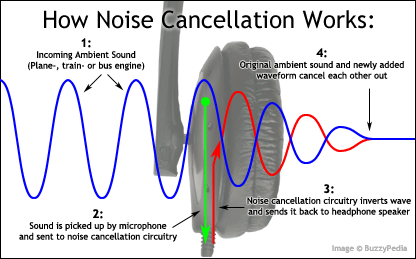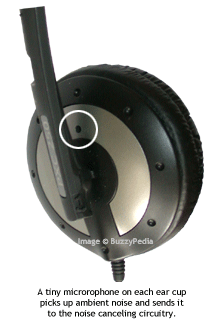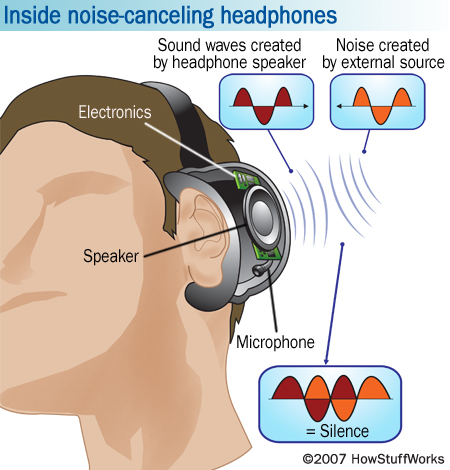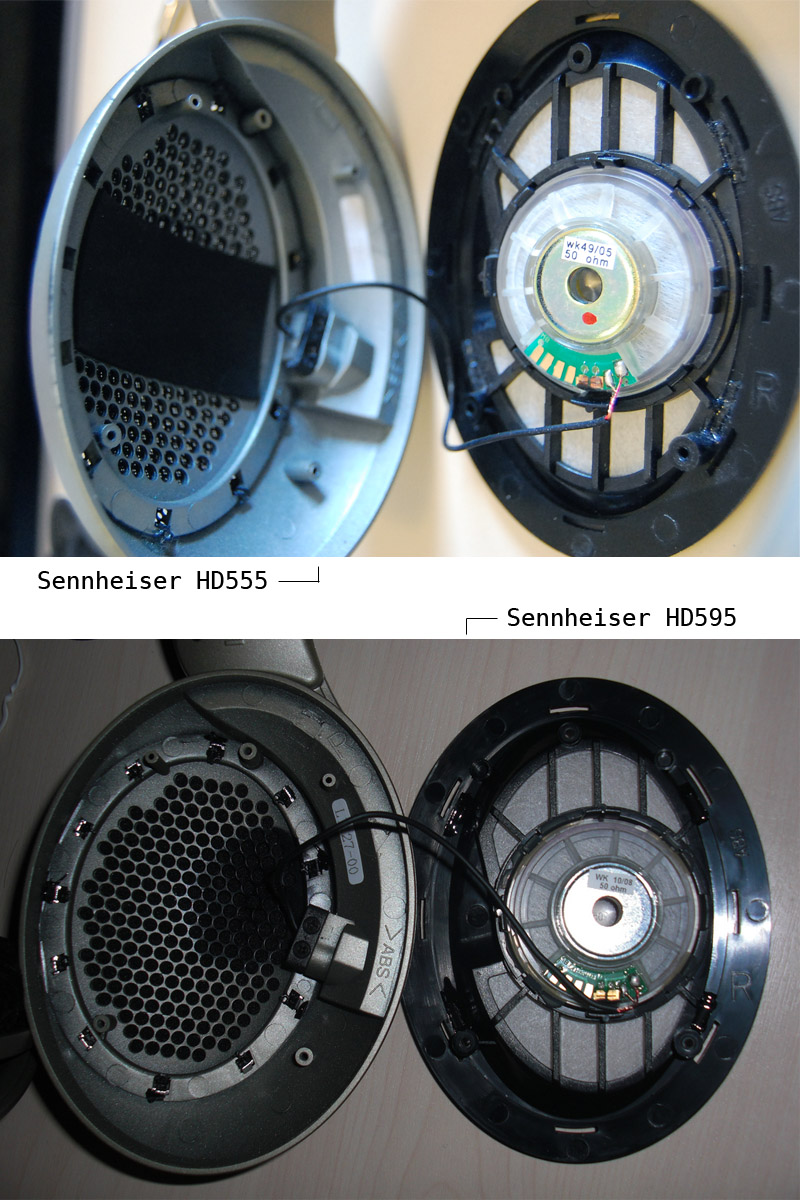evillamer
500+ Head-Fier
- Joined
- Oct 5, 2004
- Posts
- 775
- Likes
- 169
This thread focus is about portable audio technology, feel free to post anything amazing or useful.

Quote:
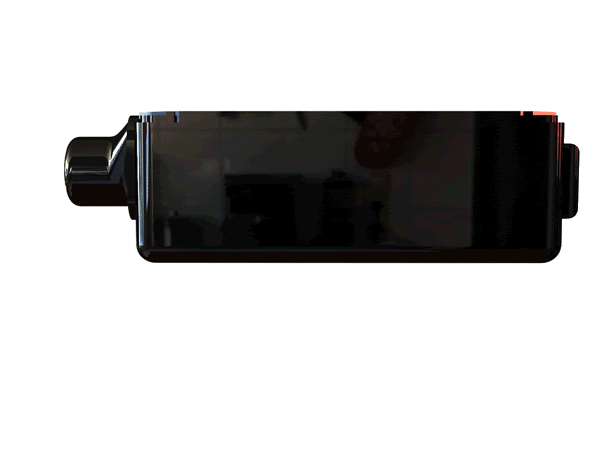
Quote:
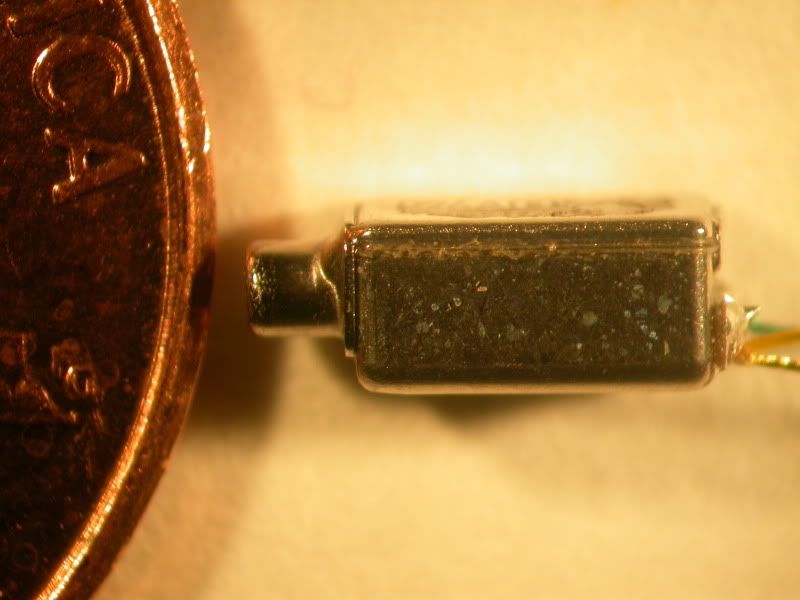
Source:
Professor Thump

Source:
Amazon.com: Creative Aurvana In-Ear Headphones: Electronics
.jpg)

Source:
FAQ
Crash Dummies? I think they are Audio Dummies?

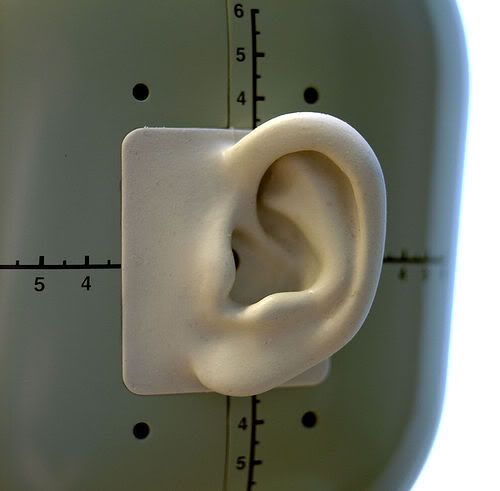
Quote:
Source:
Tech Blog
Quote:
| This design has very few limited parts and a large diaphragm, so it is easy to have big bass in the response of the design. The diaphragm works like an air pump in a pressure field pumping the sound to your ear canals. In the scale of things the moving mass is heavy in relationship to the magnetic flux density. This tends to give most moving coil designs a tubby, under damped sound to the bass. Some would consider this design not fast. The S4 minimizes this effect with an extra magnet in the pole piece section. This is a very uncommon design in the industry thus the S4 cost a little more to make than the average 10-15 mm driver. |

Quote:
| When you look under the hood you can start to understand why the KG 926 or KG 623 balanced armatures are complicated to work on. Imagine tuning the box on this enclosure. It is easy to understand that the port is uber small, so small that it is difficult to see with the naked eye. Even with my super glasses on. Following through the animation we can imagine electronic audio signal travelling to the fixed coil. With this magnetic charge occurring the armature gets excited and repels the magnetic field as it sit between two Neodymium magnets. The armature then servos the push rod, which in turn moved the diaphragm creating acoustic signal in the form of compressed and rarified air pressure. This air pump pushes air down the snout of the design to the nozzle on the headphone and through the eartip to your ear canal. As the pressure builds up in your ear canal your ear drum reacts by moving out. The electronic signals from your MP3 player have now converted to sound in your earballs. (Earballs... That’s a technical term) And sound is recreated from your favorite tunes… The benefit of this design is that the armature is very light thus the sound is very fast. Transient attack occurs instantaneously so your highs are buttery smooth and your vocals crystal clear while your kick drum slams your brain to the skull. Now that’s THUMP! |

Source:
Professor Thump

Source:
Amazon.com: Creative Aurvana In-Ear Headphones: Electronics
.jpg)

Source:
FAQ
Crash Dummies? I think they are Audio Dummies?


Quote:
| In reviewing all the facts, even a simple iPod test is not so straight forward at deriving how loud your music is in your head. But common sense goes a long way. If you're in a noisy environment, like a factory or bus, and can wear headphones that isolate noise, by ALL MEANS wear them. They may help to protect your hearing. This will allow you to listen to music for long durations of time at lower level since the ambient noise is not an issue. If your ears are ringing after a live concert, you are probably causing damage to your hearing. You can use your in-ear headphones to attenuate the live sound to a manageable level, because Klipsch wants you to enjoy a lifetime of musical entertainment. |
Source:
Tech Blog



